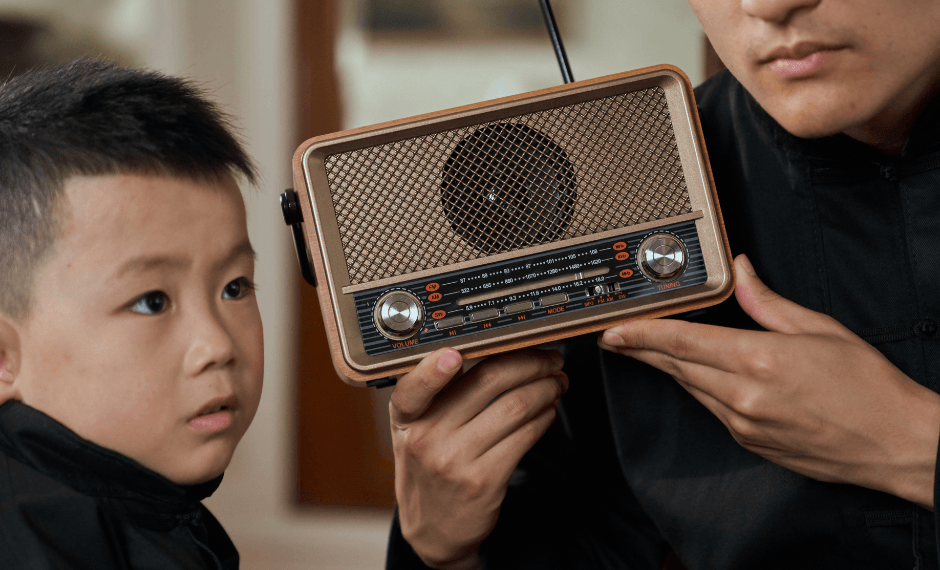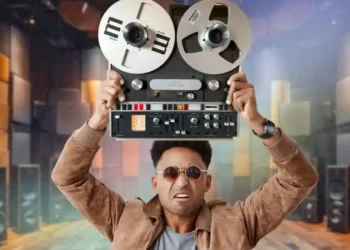Understanding Audio: The World of Sound and Its Impact on Media
Audio is an essential part of our lives, surrounding us daily in music, conversations, and even the background sounds we hear in nature or cities. But what exactly is audio, how does it work, and why is it so impactful? Here, we’ll explore what audio is, how it’s created, and why it’s so important to the way we experience content, from music to movies and beyond.
What Is Audio?
Audio is simply sound that can be heard, recorded, transmitted, and played back. It can be natural, like birds chirping, or created, like the notes played by an orchestra. In technical terms, audio is the capture and reproduction of sound waves, which are created by vibrations in the air. Whether through music, speech, or sound effects, audio is all about delivering these vibrations to our ears.
How Does Audio Work?
Sound is created when objects vibrate, causing air particles around them to move. For instance, when you strum a guitar, the strings vibrate and create waves in the air. These waves travel through the air until they reach our ears, where they are translated into sounds by our brain.
Recording audio captures these sound waves so they can be replayed later. A microphone picks up the sound and converts it into an electrical signal. This signal can be stored in various formats, either digitally or in analog form, like in vinyl records or cassette tapes. When we play this recorded sound, the signal is converted back into sound waves by speakers or headphones, allowing us to hear it again.
Why Is Audio Important?
Audio does much more than just deliver sound. It plays a huge role in creating atmosphere, setting a mood, and helping us feel emotions. Think about your favorite movie scenes. Often, it’s the music or sound effects that make a scene tense, joyful, or emotional. Here’s why audio is such a powerful element in our experiences:
- Enhancing Emotions: Music and sound effects in movies, for example, can make us feel more suspense, sadness, or excitement.
- Adding Realism: In video games, audio cues like footsteps or background noises make the virtual world feel real and interactive.
- Creating Immersion: In podcasts, detailed sound effects and background music pull the listener deeper into the story.
Types of Audio Formats
Audio can be stored in various formats, each serving different needs. Some formats focus on saving space, while others prioritize sound quality. Here’s a breakdown of common audio formats:
- MP3: This is a popular format because it’s compressed, meaning it takes up less space on your device. While it slightly reduces sound quality, it’s still great for everyday listening.
- WAV: Known for its high-quality sound, WAV files are often used in professional audio work. Because it’s uncompressed, it takes up more space, but it captures all the details of the original sound.
- AAC: Similar to MP3, AAC is also a compressed format but offers slightly better sound quality. It’s commonly used by Apple devices.
Each format has its place. MP3 and AAC are ideal for portable devices, while WAV is perfect for those who want studio-quality sound.
Key Components of Audio in Media
- Speech and Dialogue: Speech is the most direct way to communicate with listeners. Dialogue in movies or narration in documentaries helps convey the storyline and information.
- Music: Music sets the mood, tells a story, and enhances emotions. Soundtracks in movies, for example, make scenes more memorable.
- Sound Effects: From the roar of a car engine to footsteps in a hallway, sound effects add detail and realism to scenes, helping audiences visualize what’s happening.
- Ambient Sound: This is the background noise we often don’t notice, like birds chirping or city traffic. Ambient sounds help create a sense of place and make the environment feel real.
Modern Audio Innovations
Audio technology has evolved significantly. Here are some of the advancements that make audio more immersive today:
- Spatial Audio: This technology creates a 3D effect, making it feel like sounds are coming from different directions, which is often used in VR and gaming.
- Surround Sound: Common in home theaters, surround sound uses multiple speakers placed around a room, immersing listeners by surrounding them with sound.
- Noise-Canceling Technology: Found in many headphones, this feature blocks out background noise, allowing for clearer audio in noisy environments.
These innovations make audio richer and more immersive, enhancing how we experience everything from movies to music.
Why Good Audio Matters
High-quality audio has a significant impact on the listener’s experience. Clear, well-produced audio helps listeners engage better, whether they’re listening to a podcast, enjoying a song, or watching a movie. Poor audio quality, on the other hand, can distract or even push audiences away.
Whether it’s for storytelling, creating moods, or delivering information, audio enriches our experiences, making them more vivid, emotional, and memorable.
/pf/
This article was rewritten by JournosNews.com based on verified reporting from trusted sources. The content has been independently reviewed, fact-checked, and edited for accuracy, neutrality, tone, and global readability in accordance with Google News and AdSense standards.
All opinions, quotes, or statements from contributors, experts, or sourced organizations do not necessarily reflect the views of JournosNews.com. JournosNews.com maintains full editorial independence from any external funders, sponsors, or organizations.
Stay informed with JournosNews.com — your trusted source for verified global reporting and in-depth analysis. Follow us on Google News, BlueSky, and X for real-time updates.












